The Sustainable IT Manifesto
We are uncovering better ways of developing software and hardware by doing it and helping others do it.
Through this work, we have come to value these 12 principles:
Energy Efficiency over Raw Performance
Prioritizing energy conservation, whether in the design of software algorithms or the architecture of hardware components, even if it means potentially sacrificing top-tier performance.
Resource Efficiency over Resource Abundance
Using resources like processing power, memory, and material components efficiently, reducing waste in both software and hardware production.
Long-term Sustainability over Short-term Gains
Making decisions in software and hardware design and development that favor lasting positive impacts on the environment, even if they don’t provide immediate financial benefits.
Holistic Impact Awareness over Siloed Focus
Understanding and considering the broader impact of decisions, whether they pertain to software logic or hardware assembly, and recognizing their interconnectedness.
Return to Environment over Return on Investment
While profitability is essential, we should weigh the environmental benefits and contributions against the exclusive pursuit of financial returns.
Inclusive Collaboration over Isolated Decision Making
Including diverse perspectives, from software engineers to hardware technicians, to ensure that environmental considerations are comprehensively addressed.
Adaptive Planning over Fixed Roadmaps
Flexibility in planning, allowing for adjustments based on new information or changing environmental contexts in both software and hardware fields.
Transparent Reporting over Selective Disclosure
Being open and honest about the environmental impacts, both in software’s energy consumption and the environmental cost of hardware production.
Continuous Environmental Learning over Static Knowledge
Committing to ongoing learning about environmental impact and sustainability, from understanding the energy costs of running software to recognizing the carbon footprint of hardware manufacturing processes.
Community and Ecosystem Wellbeing over Individual Benefits
Recognizing the importance of overall wellbeing and the impact of our software and hardware decisions on communities and ecosystems.
Eco-friendly Materials over Cheap Alternatives
When designing hardware, choosing materials that are sustainable, recyclable, or have a minimal environmental impact, even if they are costlier.
Device Longevity over Planned Obsolescence
Designing hardware that is durable and long-lasting, reducing the need for frequent replacements and thereby reducing electronic waste.



